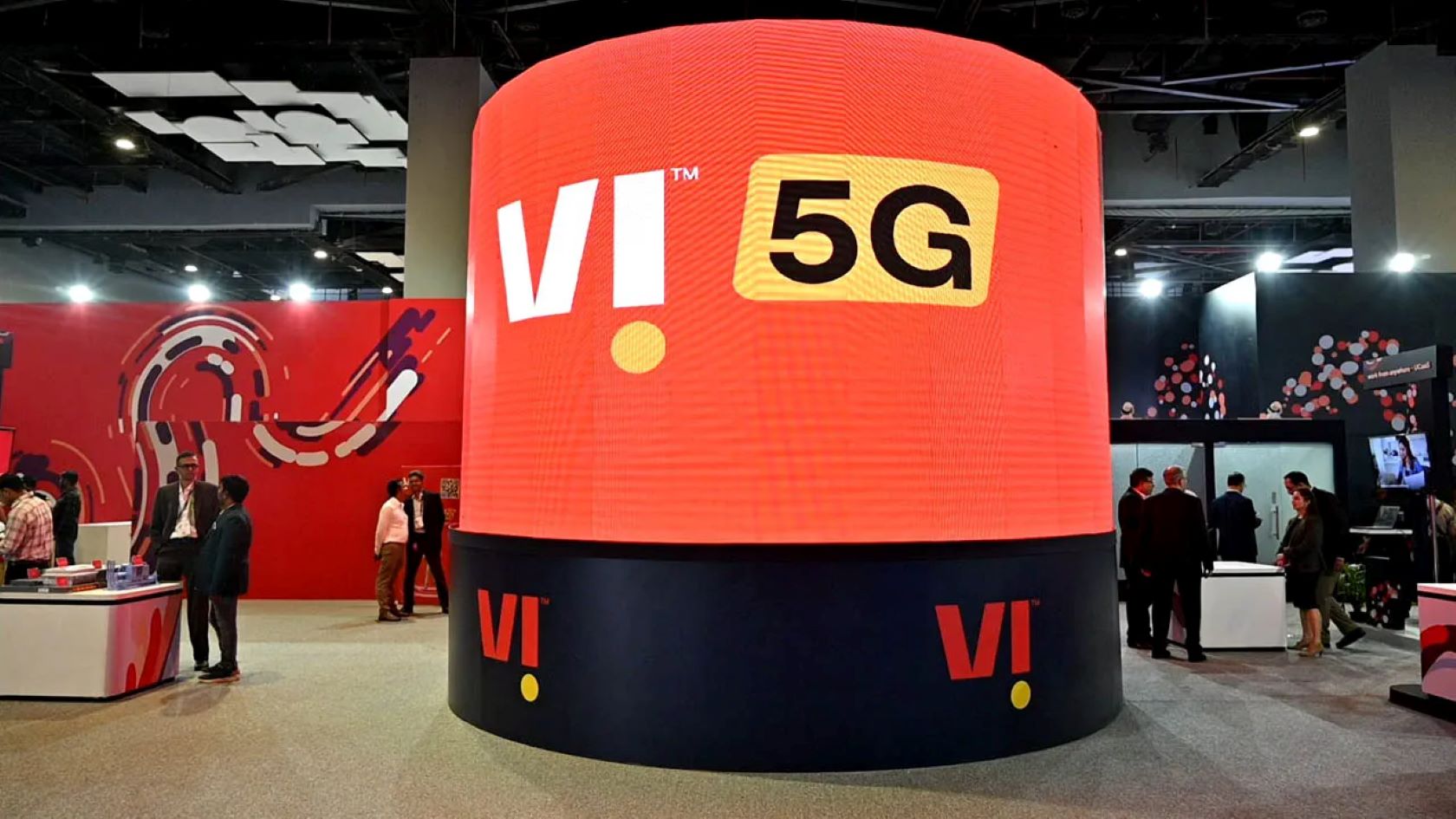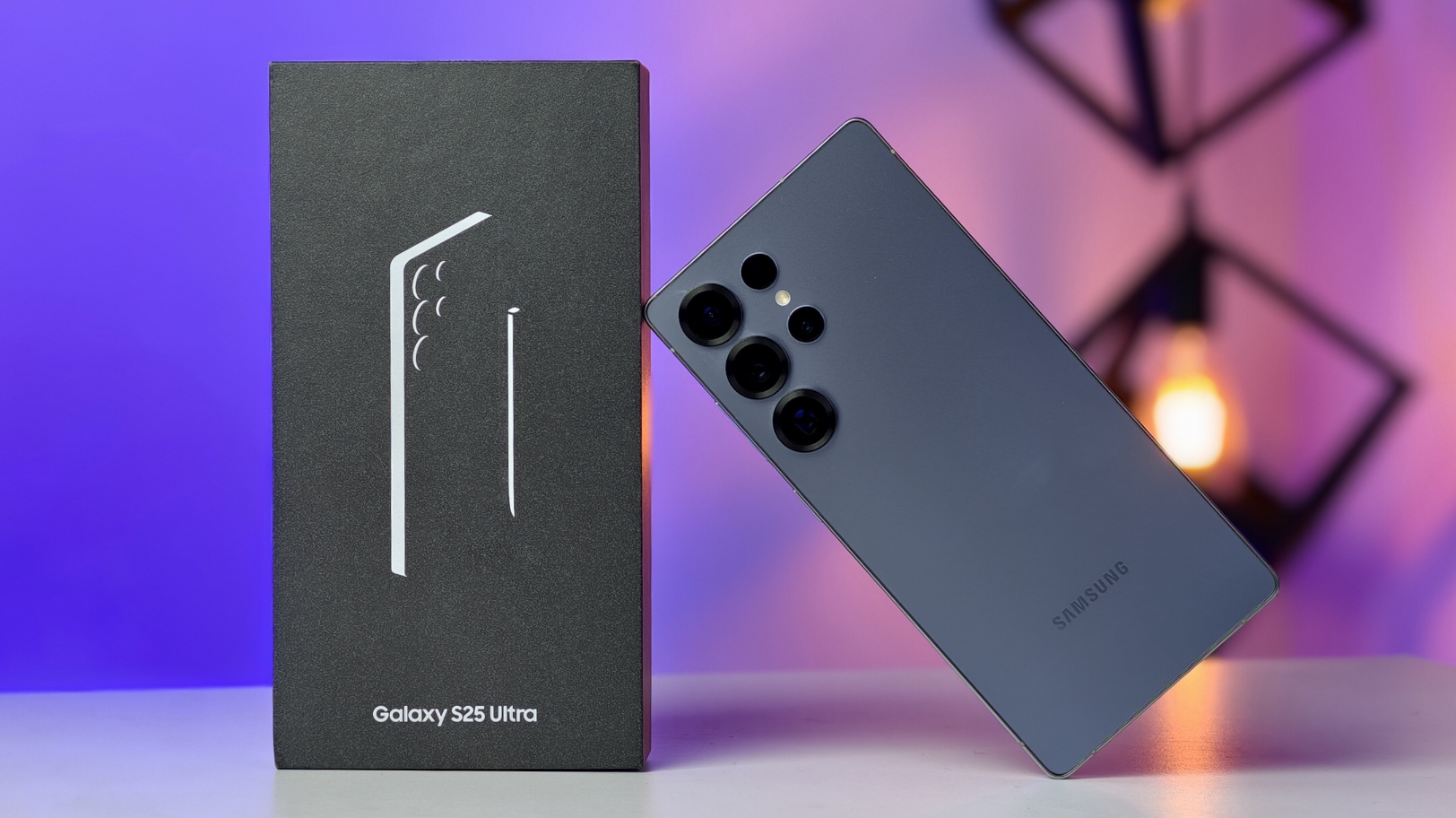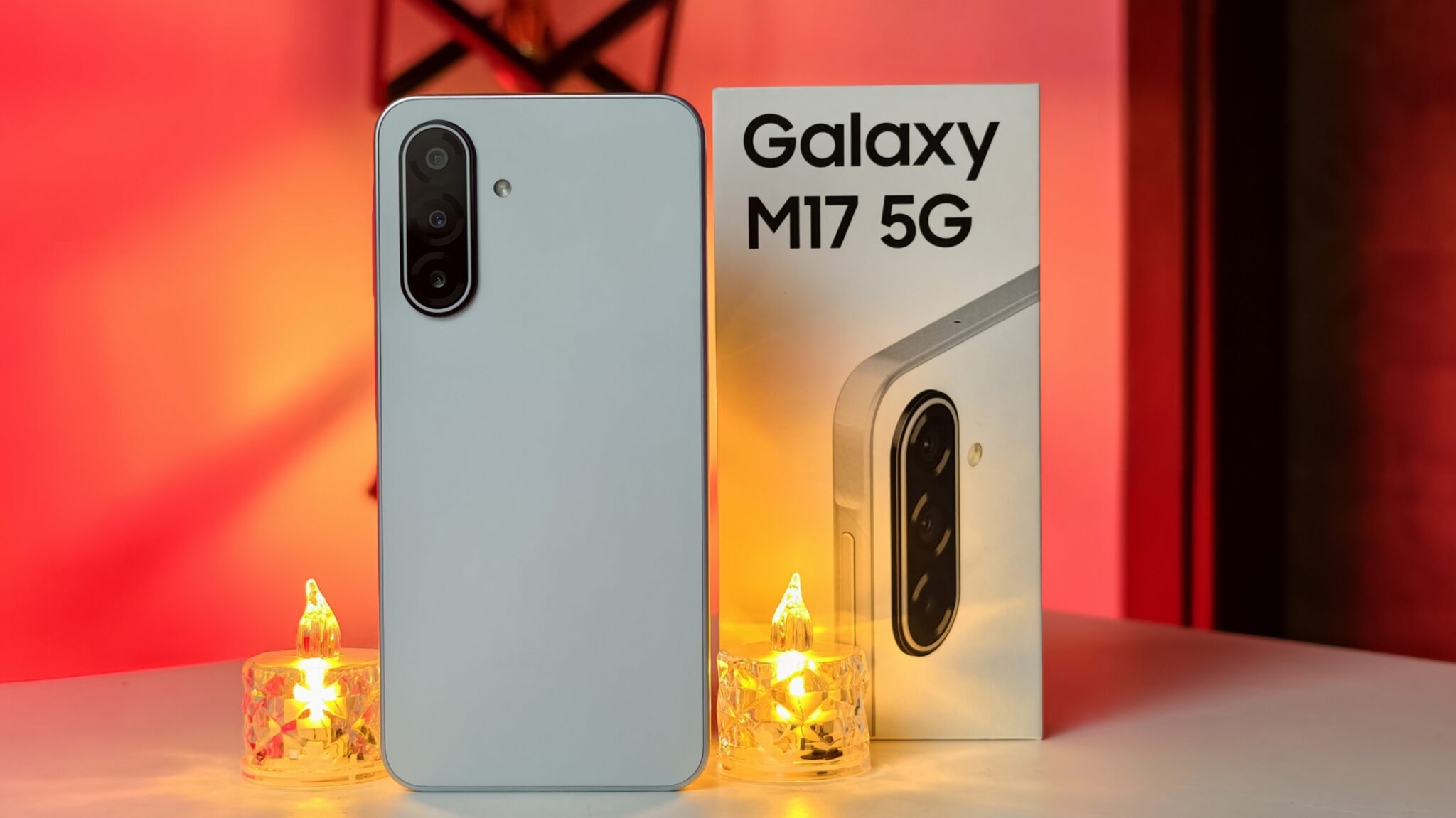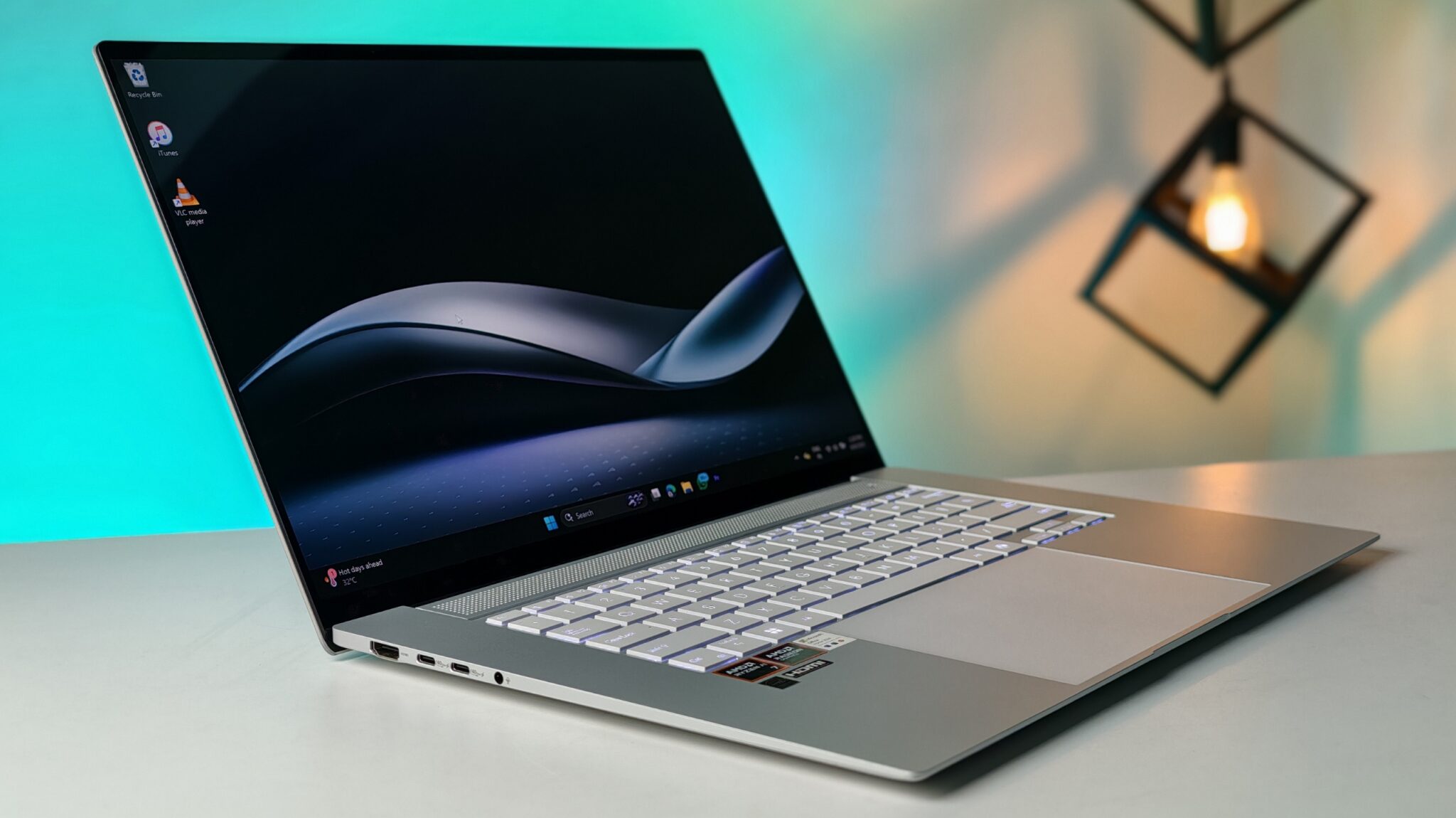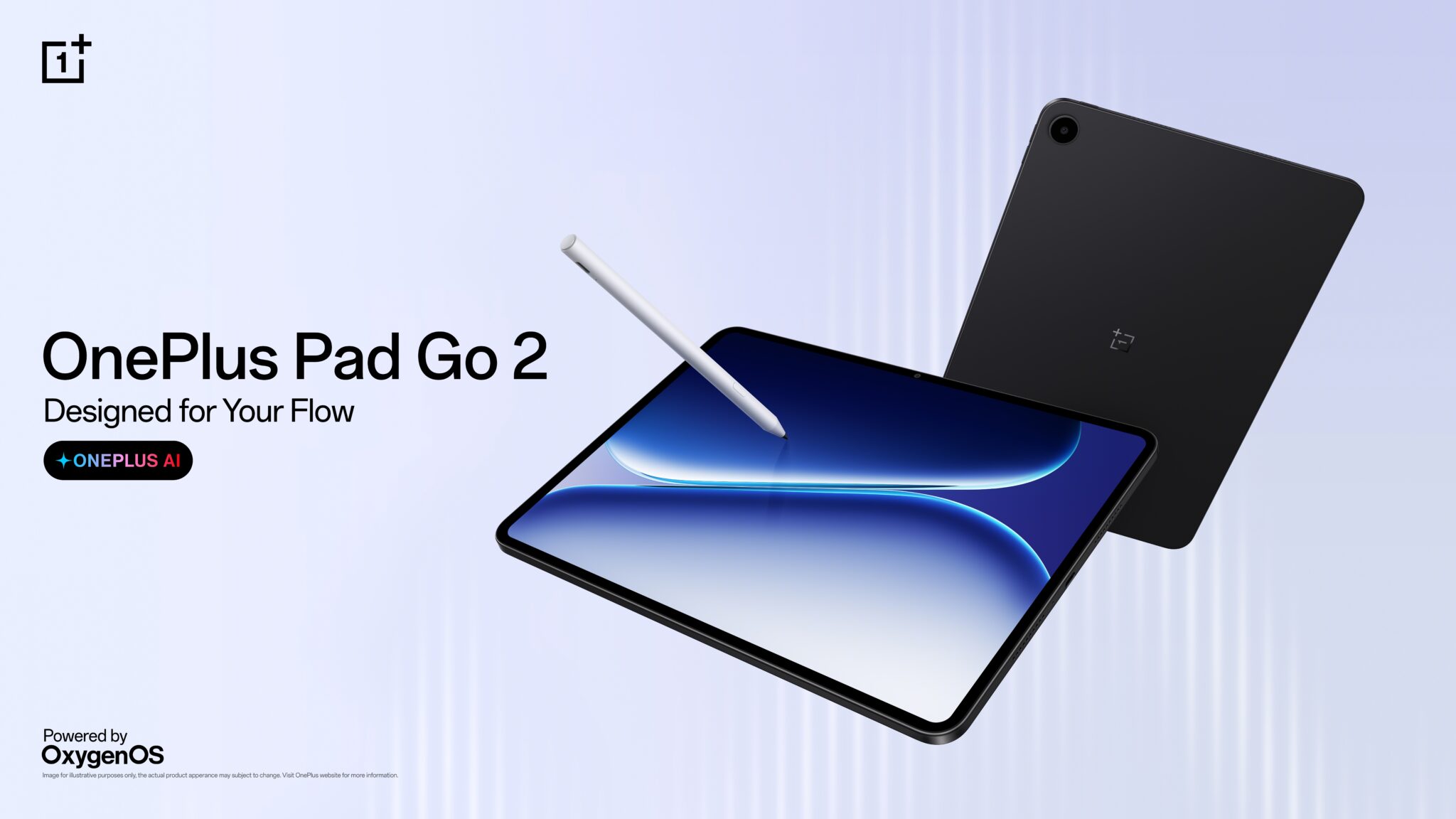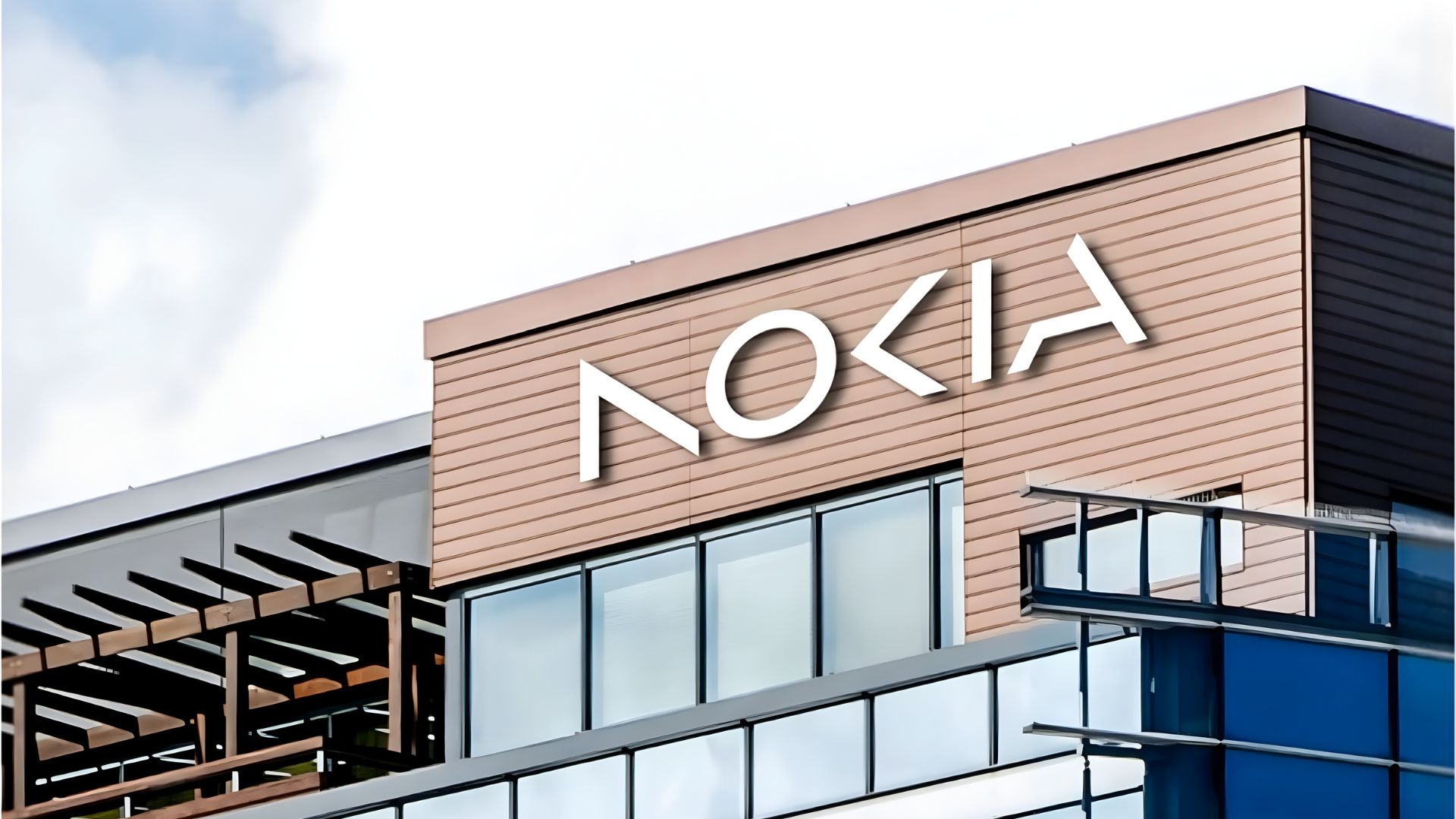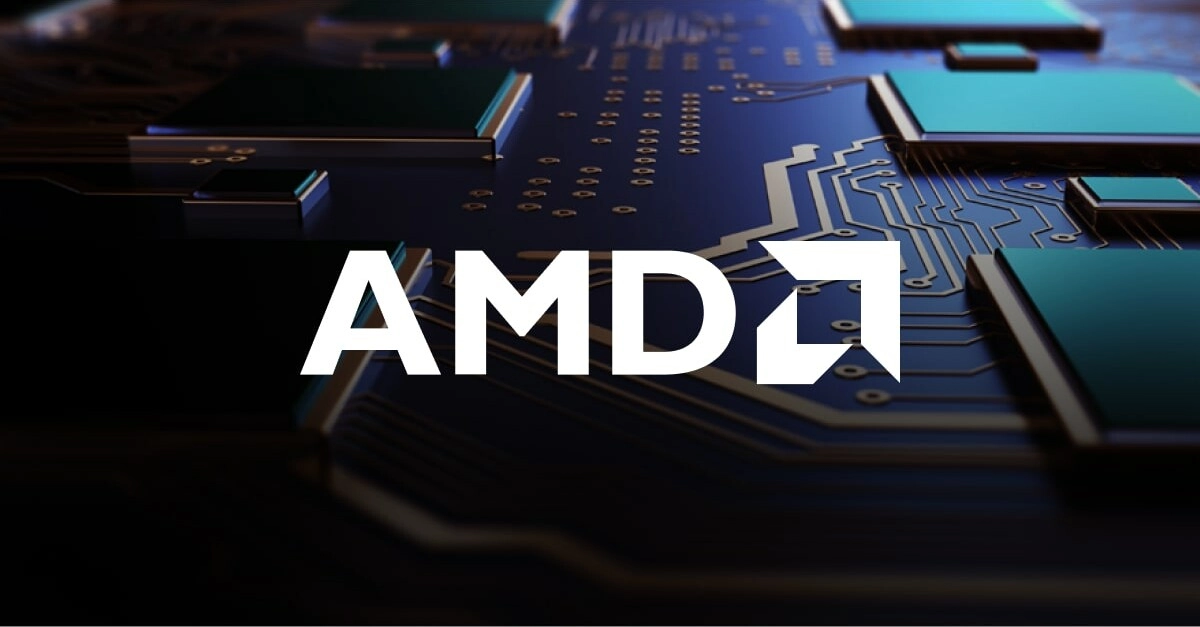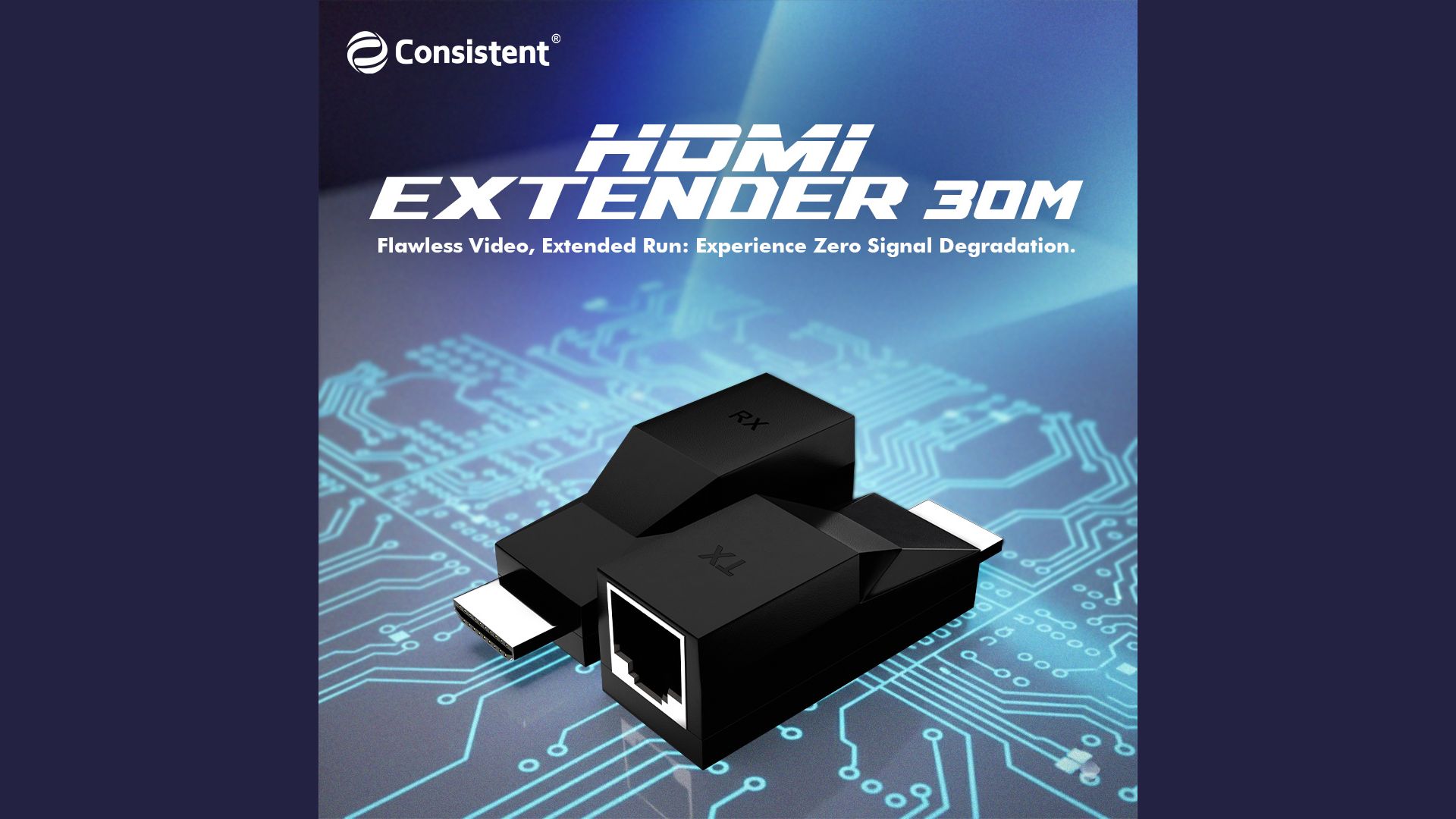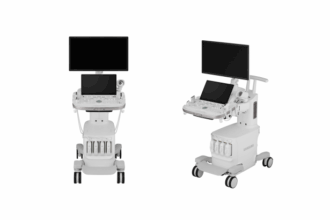Vodafone Idea (Vi) has officially entered the next chapter of its 5G journey, extending high-speed network services to 23 new cities across India. This latest push follows Vi’s initial 5G deployments in a handful of major metros and signals a growing urgency in its ambition to cover all 17 telecom circles where it holds 5G spectrum rights.
Key Takeaways:
- Vi is expanding its 5G network to 23 new cities, a notable increase in its footprint.
- The newly covered cities include Ahmedabad, Agra, Aurangabad, Kozhikode, Cochin, Dehradun, Indore, Jaipur, Kolkata, Lucknow, Madurai, Malappuram, Meerut, Nagpur, Nashik, Pune, Rajkot, Sonepat, Surat, Siliguri, Trivandrum, Vadodara, and Vizag.
- This follows initial 5G launches in Mumbai, Delhi-NCR, Bengaluru, Chandigarh, and Patna.
- Vi is offering unlimited 5G data on plans starting from ₹299 as an introductory offer.
- The company is using AI-powered Self-Organizing Network (SON) technology for network optimization and energy efficiency.
- Vi has partnered with Nokia, Ericsson, and Samsung for 4G and 5G infrastructure integration.
- Alongside 5G, Vi is also upgrading its 4G network, having deployed 4G on the 900 MHz band at 65,000 sites and adding over 56,000 sites on 1800 MHz/2100 MHz/TDD bands.
- These 4G enhancements have led to a 35% boost in data capacity and a 26% increase in 4G speeds.
- Vi plans to install 1 lakh new mobile towers over the next six months.
- Over 70% of eligible users in current live 5G areas have already used Vi’s 5G network.
So what does this actually mean for users and the market?
Well, for starters, it dramatically expands Vi’s footprint. The 23 newly added cities span major hubs and emerging centers: Ahmedabad, Agra, Aurangabad, Kozhikode, Cochin, Dehradun, Indore, Jaipur, Kolkata, Lucknow, Madurai, Malappuram, Meerut, Nagpur, Nashik, Pune, Rajkot, Sonepat, Surat, Siliguri, Trivandrum, Vadodara, and Vizag. It’s a mix of commercial strongholds and fast-growing urban clusters—a deliberate balance, perhaps, to test performance across varied demographics.
This rollout builds on earlier launches in Mumbai, Delhi-NCR, Bengaluru, Chandigarh, and Patna. As part of an introductory offer, Vi is providing unlimited 5G data on plans starting from ₹299. It’s a bold move—clearly designed to get users to trial the service while the network is still scaling.
But it’s not just about availability. Vi is banking on tech to make a difference.
They’re using AI-powered Self-Organizing Network (SON) technology. SON tools help automate network optimization—so, ideally, things like handovers, congestion management, and signal adjustments happen without human intervention. That could translate into more stable connections, especially in tricky environments. There’s also an energy efficiency angle here; SON can adjust power usage based on demand.
In terms of partnerships, Vi is working with Nokia, Ericsson, and Samsung to stitch together a hybrid 4G-5G framework. That kind of integration matters more than it might seem—because for a lot of users, 5G will come in bursts, switching back to 4G as coverage gaps persist. Seamless switching could make or break the user experience in these early stages.
Meanwhile, Vi hasn’t taken its foot off the 4G pedal. Since April 2024, it’s added 4G capacity across 65,000 sites on the 900 MHz band. That’s the low-band spectrum—great for coverage inside buildings. Plus, they’ve put up over 56,000 new sites using the 1800 MHz, 2100 MHz, and TDD bands. These additions have reportedly boosted data capacity by 35% and improved 4G speeds by 26%. Those are big numbers, especially if you’re in an area where 5G is still on the horizon.
Jagbir Singh, Vi’s Chief Technology Officer, emphasized that this rollout is phased and that the company’s broader strategy is equally focused on strengthening its 4G backbone. He pointed to 84% population coverage with Vi’s 4G network as a milestone—up from 77% just a few months back. It’s a subtle but important signal that the company isn’t abandoning legacy users in its 5G rush.
Looking forward, Vi plans to deploy 1 lakh (100,000) new mobile towers over the next six months. That’s an ambitious target, even by telecom standards. But if executed, it could significantly enhance both 4G and 5G reliability and reach.
India’s 5G rollout, which started in October 2022, has been reshaping how digital infrastructure is viewed in sectors like healthcare, education, and manufacturing. For everyday users, it’s about faster downloads, smoother video calls, and a lag-free experience in gaming or streaming. For businesses, it means real-time analytics, smart automation, and potentially lower operating costs. Vi’s continued investments suggest it’s positioning itself not just as a player, but as a persistent contender in this transformative wave.
Challenges remain, of course. Vi’s financial struggles are well-documented, and competition from giants like Jio and Airtel is fierce. But with this rollout and infrastructural commitments, Vi is signaling its intent to stay relevant—even if the road ahead is complex.
For residents in the newly connected cities, the arrival of 5G isn’t just a tech upgrade. It represents a shift in how digital life is experienced—be it cloud gaming without lag, seamless video conferencing, or small businesses moving operations online without heavy infrastructure.
And for those without 5G-enabled phones? Vi’s improved 4G offerings are a pretty solid consolation prize.
FAQs about Vodafone Idea’s 5G Rollout
Q1: Which cities are included in Vodafone Idea’s latest 5G rollout phase?
A1: The new cities include Ahmedabad, Agra, Aurangabad, Kozhikode, Cochin, Dehradun, Indore, Jaipur, Kolkata, Lucknow, Madurai, Malappuram, Meerut, Nagpur, Nashik, Pune, Rajkot, Sonepat, Surat, Siliguri, Trivandrum, Vadodara, and Vizag.
Q2: What is the introductory offer for Vodafone Idea 5G users?
A2: Unlimited 5G data on plans starting from ₹299.
Q3: Is Vodafone Idea’s 5G available in other cities already?
A3: Yes, previously launched in Mumbai, Delhi-NCR, Bengaluru, Chandigarh, and Patna.
Q4: Does my current SIM card support Vodafone Idea 5G?
A4: Most 4G SIM cards are 5G-ready, but you need a 5G-capable device and must be in a Vi 5G area.
Q5: What technology is Vodafone Idea using for its 5G network?
A5: AI-powered Self-Organizing Network (SON) tech, with infrastructure support from Nokia, Ericsson, and Samsung.
Q6: How does 5G differ from 4G?
A6: Faster speeds, lower latency, and better capacity—ideal for high-bandwidth and real-time applications.
Q7: Is Vodafone Idea also improving its 4G network alongside the 5G rollout?
A7: Yes. Enhancements include better indoor coverage and increased capacity and speeds.
Q8: How many new mobile towers does Vodafone Idea plan to install?
A8: 1 lakh (100,000) new towers in the next six months.
Q9: Where can I check if 5G is available in my area?
A9: On Vi’s website or mobile app. Coverage will activate gradually by locality.
Q10: What are the benefits of 5G for businesses?
A10: Enables automation, supports real-time data, and improves operational efficiency across industries.


